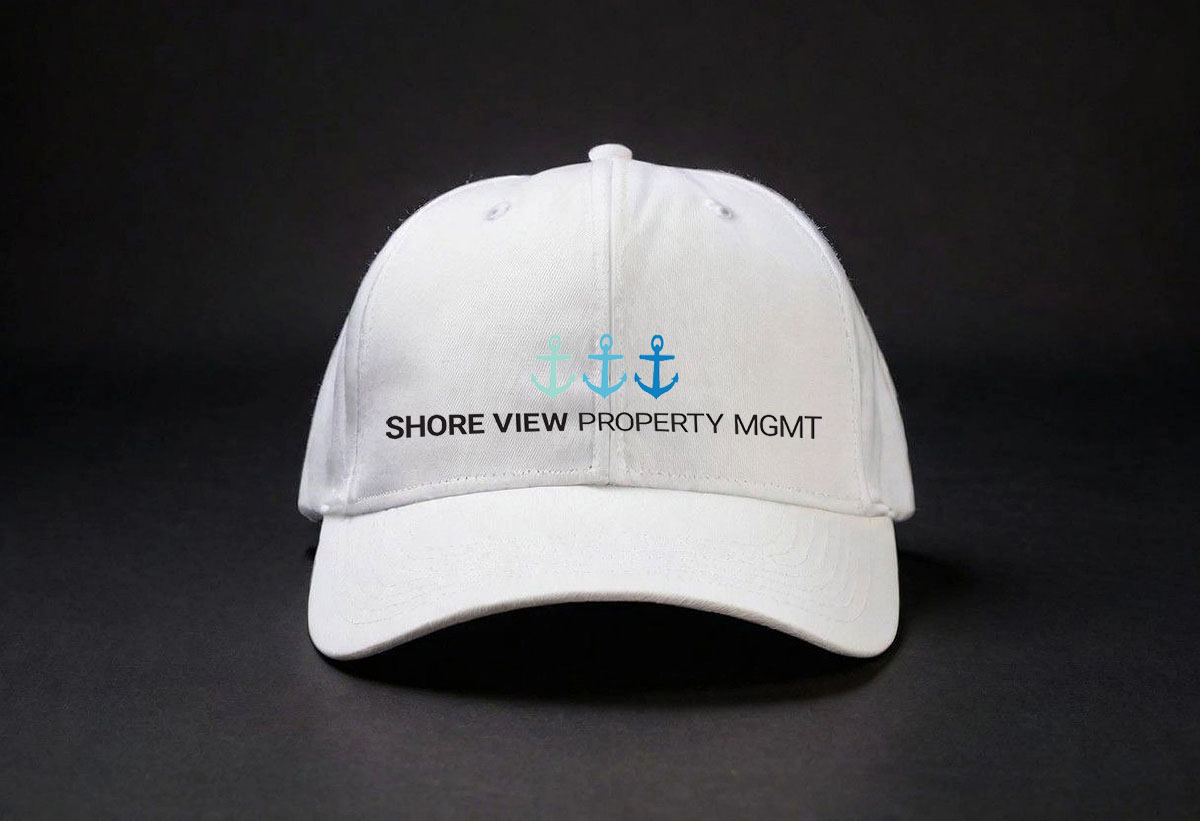Cap Rate, also known as Capitalization Rate, stands as a pivotal financial tool in real estate, offering a precise measure of a property’s Return on Investment (ROI). Computed by dividing the property’s Net Operating Income (NOI) by its prevailing market value or purchase price, Cap Rate serves as a beacon for savvy investors navigating the real estate landscape.
Here’s the Cap Rate formula:
Net Operating Income (NOI) divided by the Property Value or Purchase Price × 100%
Breaking it down further:
- NOI (Net Operating Income) denotes the income the property yields post operational expenses deduction, excluding mortgage payments and income taxes.
- Property Value or Purchase Price reflects the current market valuation or the acquisition cost of the property.
While there is no universally accepted “ideal” cap rate, many analysts consider a “good” cap rate to be around 5% to 10%.
Cap Rate furnishes investors with a clear percentage, showcasing the anticipated ROI solely based on the property’s income-generating potential. It serves as a cornerstone for comparing diverse investment opportunities and gauging their profitability. While a higher Cap Rate often suggests a more lucrative investment, it could also signify elevated risk or diminished property value.
It’s crucial to recognize that Cap Rate is just one facet of the property evaluation process. It should harmonize with other critical factors such as location, market dynamics, potential appreciation, financing terms, and risk assessment. Moreover, Cap Rate overlooks financing expenses and taxes, necessitating a comprehensive analysis for a holistic view of the property’s profitability.
